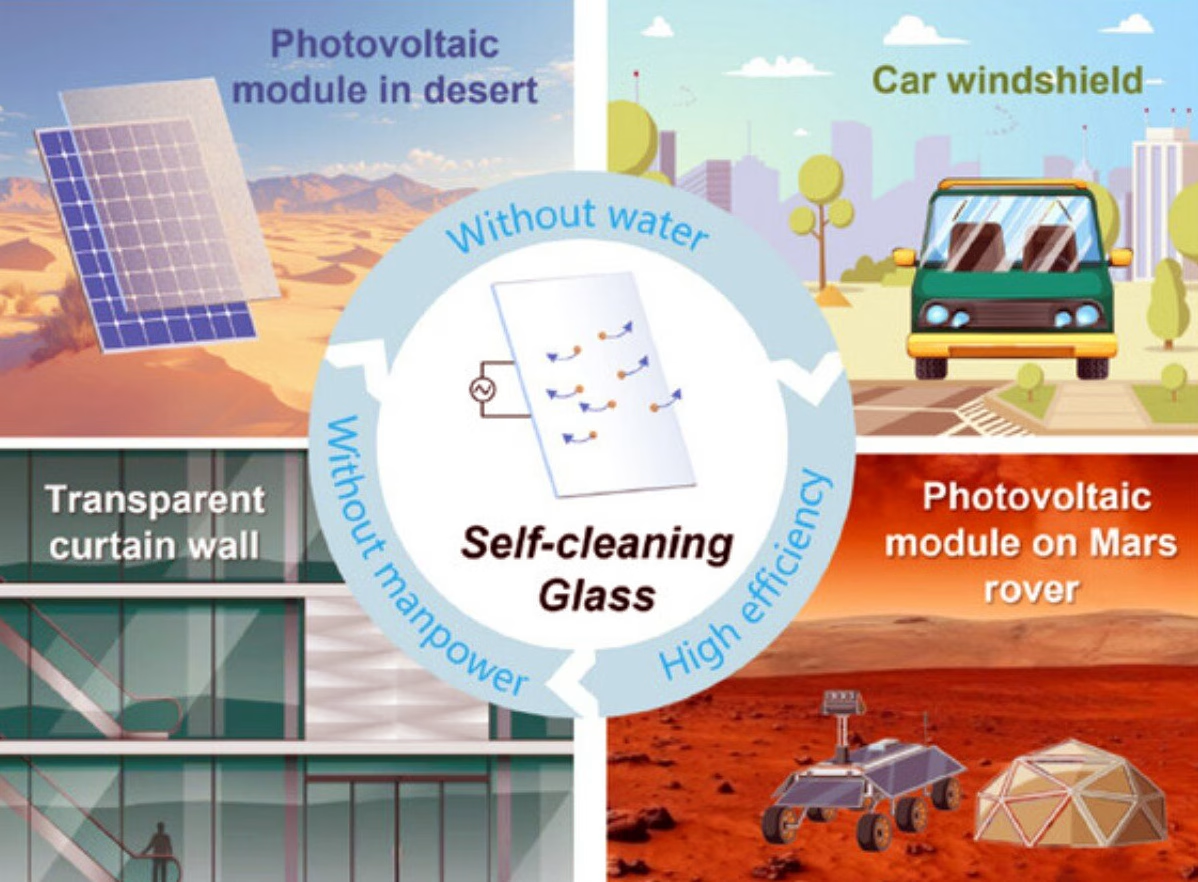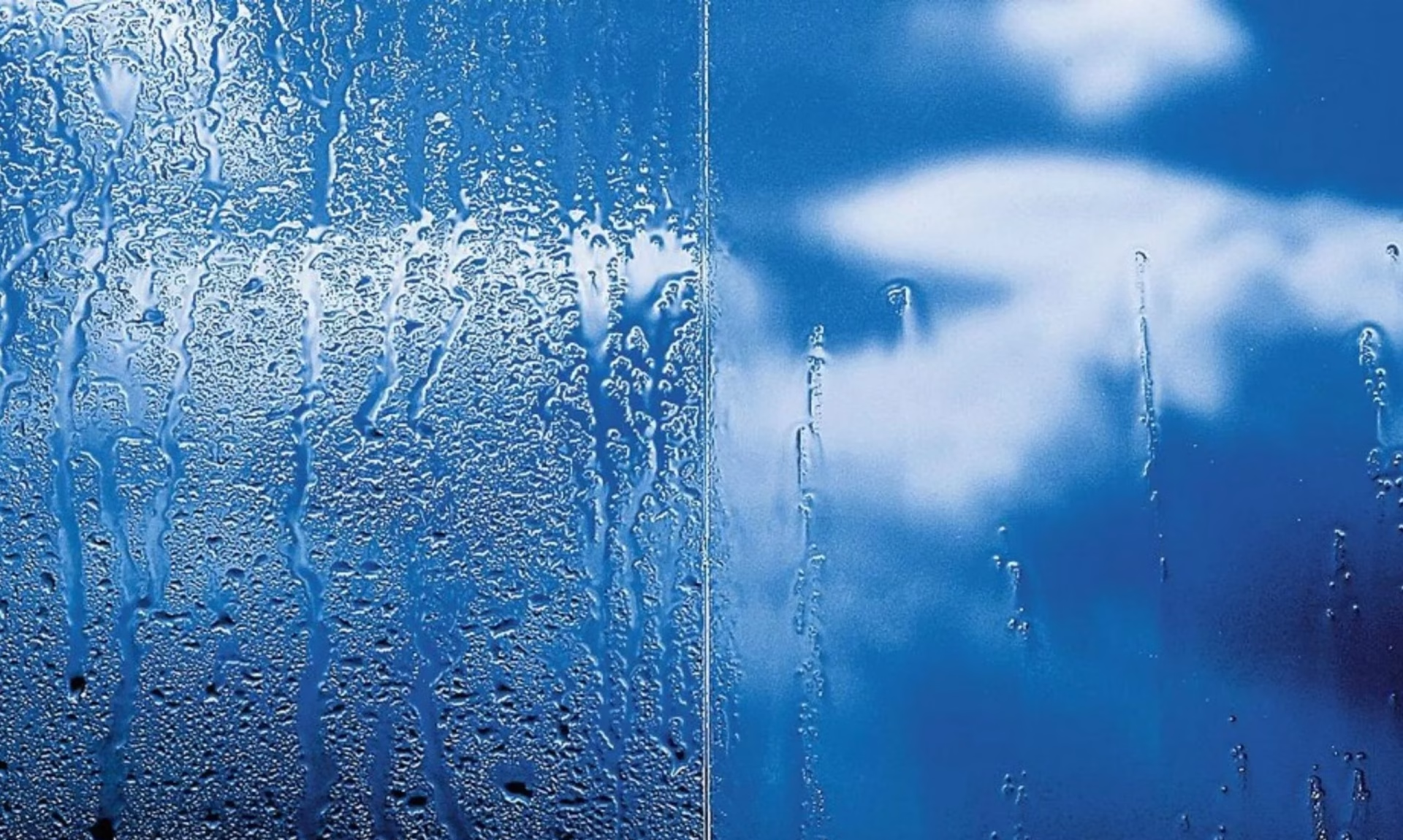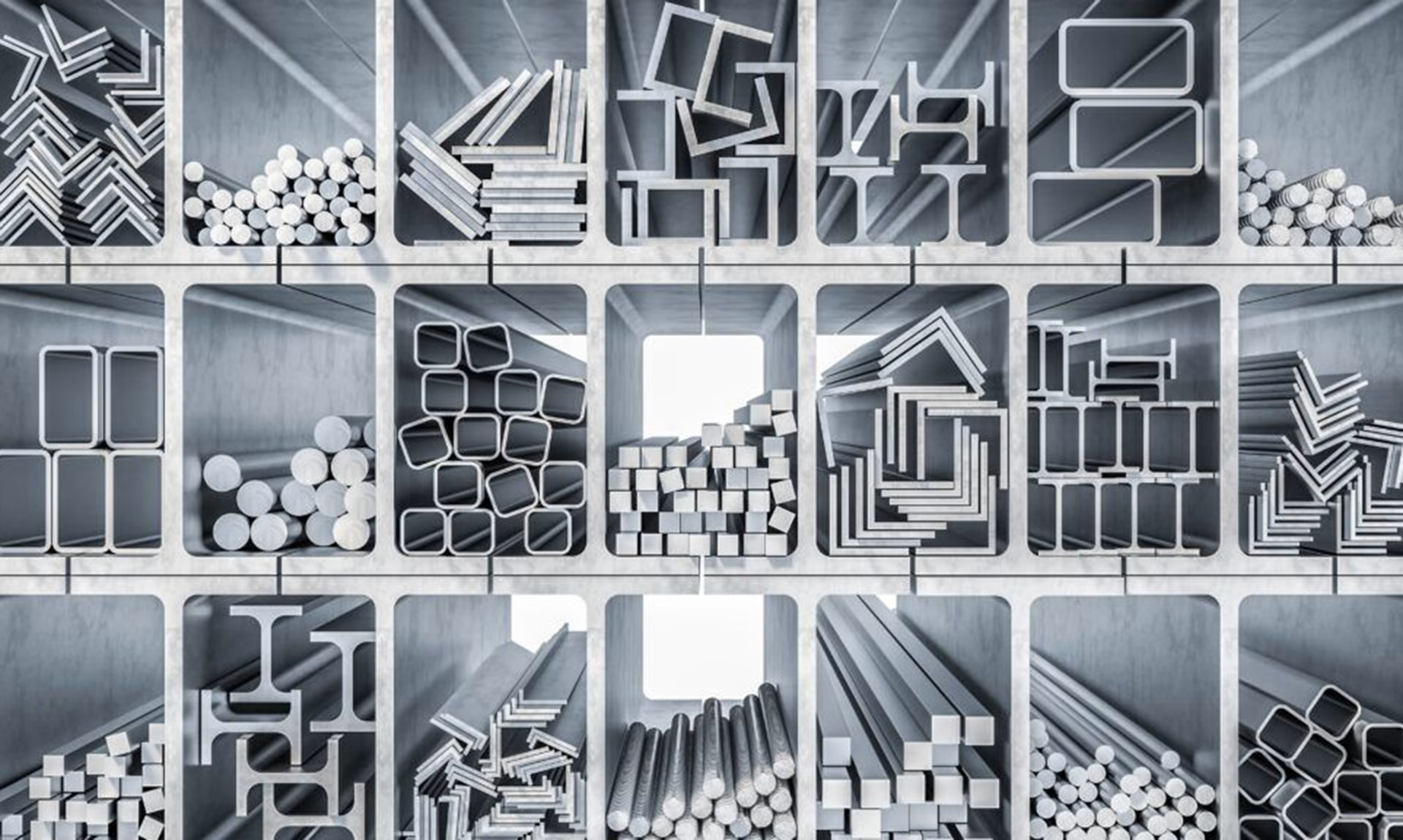Self-Cleaning Glass Transforms Dust Management in Skyscrapers and Solar Panels
In a groundbreaking leap for smart materials and sustainable infrastructure, scientists have unveiled an advanced self-cleaning glass that repels dust using electric fields — eliminating the need for water, detergents, or manual wiping.
At the heart of this innovation lies a simple yet powerful principle: by applying a low-voltage electric field across the surface of the glass, a charge is generated that actively repels dust particles. This creates a near-invisible force field, preventing particulate matter from settling or adhering. The system operates silently and continuously, keeping surfaces clean without human intervention or environmental impact.
This cutting-edge glass technology offers compelling advantages, particularly in high-maintenance or hard-to-reach environments. For skyscrapers, where window cleaning is both labor-intensive and hazardous, the technology could drastically cut operational costs while improving safety. In solar energy installations, especially in arid or dusty regions, the automatic removal of dust particles can significantly boost panel efficiency — potentially improving energy yield by up to 30%, according to early testing.

What makes this development especially important is its sustainability. Traditional glass cleaning involves large amounts of water and chemicals, contributing to resource consumption and pollution. This electrically active glass requires no water at all, aligning with global efforts to conserve freshwater and reduce carbon footprints.
The innovation is part of a broader movement toward “smart surfaces” — materials engineered to interact with their environment and perform dynamic functions. These surfaces are being integrated into architecture, transportation, and consumer electronics, creating systems that are not only cleaner, but also more adaptive and resilient.
As urban centers grow and the demand for renewable energy surges, such materials promise to become essential components of our built environment. The self-cleaning glass represents more than just a convenience — it’s a model of how advanced materials can redefine efficiency and sustainability at scale.
The future of clean energy and clean cities may be as transparent — and self-sufficient — as the glass that frames them.
Share This Story
news via inbox
Your source for the latest news in the fenestration industry.




